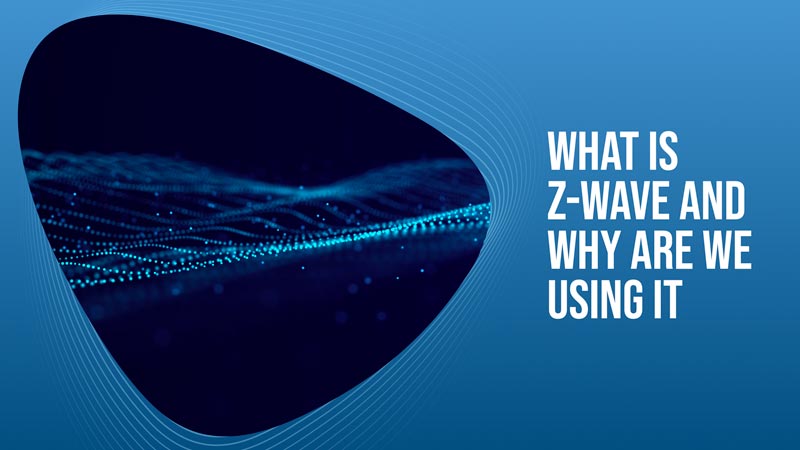
EMFs, which is the acronym for electromagnetic fields as well as electromotive forces, are areas of energy that are not visible to the naked eye. This is broadly referred to as radiation, but that often gives a very negative connotation.
EMFs are everywhere in our lives from the overall harmless powerlines, TV and radio waves, WiFi, and cellphones, to the more dangerous UV radiation from tanning beds and x-rays. While any directly dangerous radiation is always regulated and protected against, we are seeing more and more of the “harmless” EMFs being incorporated into our lives.
Basically, any kind of wireless communication device will emit EMFs. So, since we are building a smart home that will have hundreds of these devices, we must take into account the possible negative impact that these devices could have if we do not address the problem. While most people do not notice EMFs, it is becoming more common for people to experience higher sensitivity or not feeling well when exposed to EMFs.
We definitely want to take this into consideration when designing the SeaPod, so part of that is finding the best wireless protocol that produces fewer EMFs and allows humans and technology to live harmoniously. So far, Z-Wave is the answer to that problem.
Z-Wave is a wireless communication protocol that is often used in home automation. It uses low-energy radio waves to communicate between devices which allows the wireless control of almost every aspect of the home. Z-Wave is a very powerful tool that operates very efficiently and with relatively low power. With more than 3,000 compatible products, we are able to find the proper devices to use in the SeaPod.
By taking the time to research and consider all of the options available to us, we can ensure that we will be able to decide which option gives us the best functionality, network security, and most importantly, the least EMF radiation that could be potentially harmful to humans. We can never fully eliminate EMFs, but we will certainly make every effort possible to reduce the amount that the SeaPod will generate.














